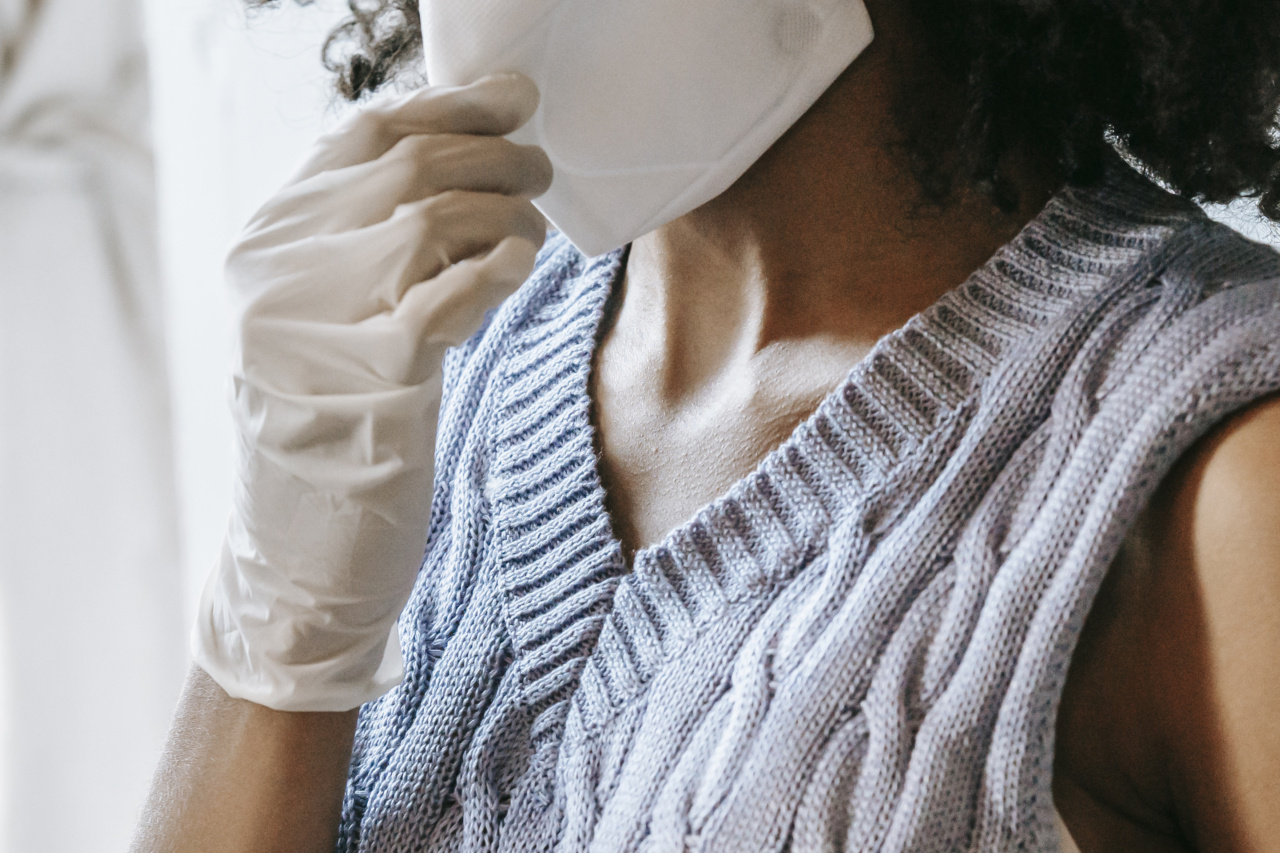Latex, a natural rubber material, is widely used in various products, including condoms, gloves, and medical devices. While latex is an excellent material for many applications, it can also cause allergies in some individuals.
Latex allergy is a growing concern, particularly for women who are exposed to latex products more frequently. This article aims to explore the risks of latex allergy specifically for women, including the symptoms, causes, and preventive measures.
Understanding Latex Allergy
Latex allergy is a reaction caused by the proteins present in natural rubber latex. When a person with a latex allergy comes into contact with latex, their immune system overreacts, triggering various symptoms.
These symptoms can range from mild skin reactions to severe respiratory distress, depending on the individual’s sensitivity.
Prevalence of Latex Allergy in Women
While latex allergy can affect anyone, women, particularly those who frequently use latex products, are more susceptible.
This higher prevalence can be attributed to occupational exposure, as many women work in professions where latex gloves are commonly used, such as healthcare and food service industries.
Common Symptoms of Latex Allergy
Latex allergy symptoms can manifest in different ways, and the severity of the reaction may vary. Some common symptoms include:.
- Skin rash or hives
- Itching and redness
- Sneezing
- Runny nose
- Watery eyes
- Asthma-like symptoms (coughing, wheezing, shortness of breath)
- Swelling, particularly in the face, lips, tongue, or throat
- Abdominal pain, nausea, or vomiting (in case of latex ingestion)
It is important to note that these symptoms may appear immediately or several hours after contact with latex.
Causes of Latex Allergy
Latex allergy can develop through two main routes: direct contact and latex inhalation. Direct contact occurs when latex comes into contact with the skin, resulting in localized reactions.
On the other hand, latex inhalation can occur when latex particles become airborne, such as during the powdering of latex gloves.
The proteins present in latex are the primary culprits behind latex allergies. Some individuals may be more prone to developing an allergy due to repeated exposure to latex.
Additionally, people with a history of atopic conditions, such as hay fever or asthma, have a higher risk of developing a latex allergy.
Preventive Measures for Latex Allergy
While it may be challenging to completely avoid latex, especially in certain professions, there are several preventive measures that can reduce the risk of an allergic reaction:.
- Choose latex-free alternatives: Look for latex-free products, such as non-latex condoms and gloves made from alternative materials like nitrile or vinyl.
- Inform healthcare providers: If you have a latex allergy, make sure to inform your healthcare providers, as they can take necessary precautions to avoid latex exposure during medical procedures.
- Wear a medical alert bracelet: Wearing a medical alert bracelet or necklace that indicates your allergy can be crucial in emergency situations.
- Avoid latex particles in the air: If you work in an environment where latex gloves are used, consider using powder-free gloves or switching to non-latex alternatives to minimize the risk of inhaling latex particles.
- Keep an emergency kit: If you have a severe latex allergy, it is crucial to carry an emergency kit containing antihistamines and an epinephrine auto-injector.
Conclusion
Latex allergy is a significant concern for women due to their higher exposure to latex products. The symptoms can range from mild skin reactions to life-threatening asthma-like symptoms.
Taking preventive measures and opting for latex-free alternatives can significantly reduce the risk of allergic reactions. It is essential for women to be aware of the symptoms, causes, and preventive measures to safeguard their health and well-being.































